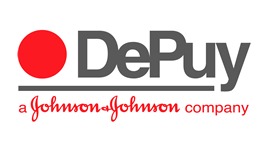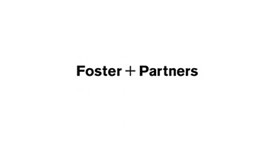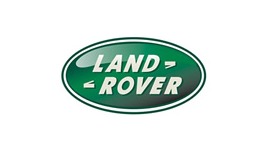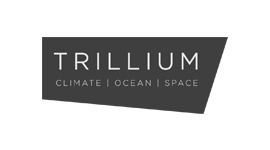Cleaning device undergoes clinical development with precision results
Ogle Models and Prototypes was instrumental in producing a 3D printed prototype of Hygia.
A specific cleaning device designed by Loughborough University Student, Andrew Mills, for his final year product assignment, which was the culmination of his four year BA Industrial Design and Technology degree.
THE HYGIA CONCEPT
The project that Andrew developed is a cleaning device intended to solve the problems highlighted by academic and professional research undertaken across the globe regarding the cleanliness of ordinary computer keyboards, along with other domestic and office electrical appliances, such as telephones. For example, research by Microbiologist Dr Peter Wilson for the consumer group ‘Which?’ shows that some computer keyboards harbour more harmful bacteria than a toilet seat. The research discovered that computer keyboards could put a host of potentially harmful bacteria, including E. coli (Escherichia coli) and Staph (Staphylococcus), at the fingertips of users.
Andrew’s solution to this problem is a completely new concept: a handheld device that creates its own disinfectant by way of electrolysis, which can be applied directly to the required appliance(s) to remove dirt and bacteria. The design also addresses user-friendliness as the cleaner is itself self-cleaning and is easily stored in a docking station while not in use, where it recharges.
The Hygia device features several different component parts with sweeping curves and small details that needed to all fit together once manufactured, including a jug incorporated into the design for easy refilling.

PRODUCT DEVELOPMENT AND 3D PRINTING Andrew designed the Hygia using 3D CAD software, specially Autodesk Inventor and 3DS Max, but he knew that to realise a professional model he needed expert help. He turned to Ogle Models + Prototypes, a company that works with large blue-chip firms and individuals with equal favour. The experts at Ogle were able to analyse Andrew’s design and guide him to the best process for building his model.
The nature of the Hygia and its material requirements was a perfect fit for 3D printing, and Stereolithography was selected as the optimum process for producing all the component parts due to the high-quality parts its produces.
Ogle runs a wide range of 3D printing machines in house and its state-of-the-art facility, and the company is always able to offer the right solution for any model making application. This project was no exception.
The 3D CAD models that Andrew supplied were complete, they were checked in the software programme Magics by the Ogle Project Manager and then sent down to the 3D print software Lightyear for the SLA machine to do its magic. Once finalised, every component part of the Hygia was built, layer-by-layer in a single machine build chamber overnight – a far faster, more cost-effective and less laborious process than producing the items by any other method. The resulting parts required minimal surface finishing and featured an extremely intricate level of detail. Andrew was extremely impressed with the completed model, he commented: “The 3D printing process at Ogle is incredible, and the detailing that can be achieved is amazing. I was total blown away by the fact that the entire ‘Hygia’ logo, which is only 20 mm wide, was perfectly reproduced on the handheld device – right down to the ‘I’, which has a perfect dot, and it only measures 1 mm in diameter.”
The components that were 3D printed included the two parts of the device itself (to achieve a shutter line adding further realistic detail), the two jugs, the docking station, the button and the lid. On completion, these fitted together perfectly due to the minute tolerances achieved by the SL machine. The surface finish of the parts required minimal finishing operations before the paint workshop team were able to apply the final process, achieving an ultra-white glossy finish for the main parts with a smooth and shiny aqua blue finish for the accessories.
THE RESULTS
The concept model produced by Ogle resulted in another satisfied customer. All of the parts were created and finished in less than two weeks, leaving Andrew with the brilliant benefit of unexpected time for other tasks. The final finishing touches to the model ensured that it looked remarkably real and resembling the production material. Furthermore, an added bonus for Andrew was that he was able to gain valuable insight and knowledge of 3D printing from the Ogle team, which have greatly added to his skill set.
The final prototype will be displayed at the University of Loughborough Design School’s end of year degree show. Several hundred people will be able to admire it for themselves in person.
























